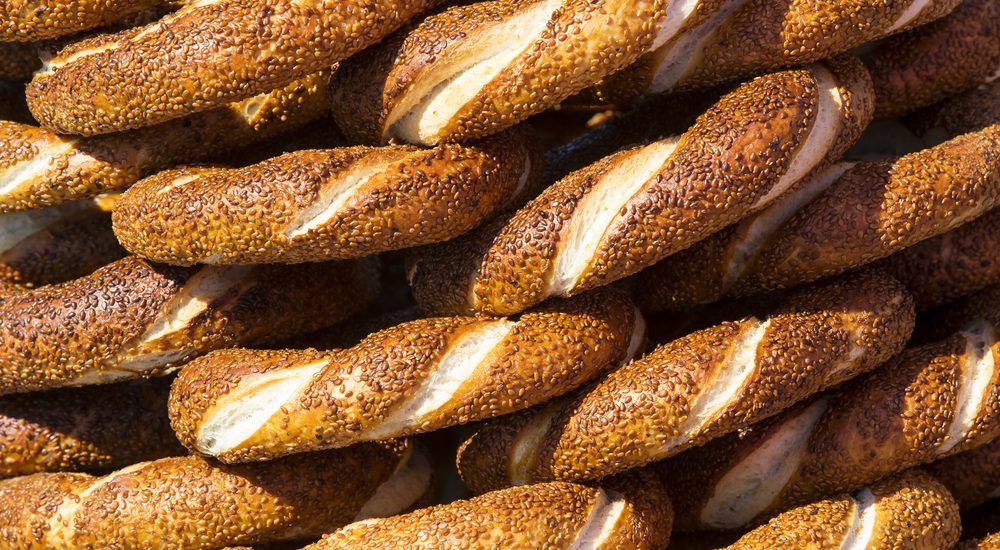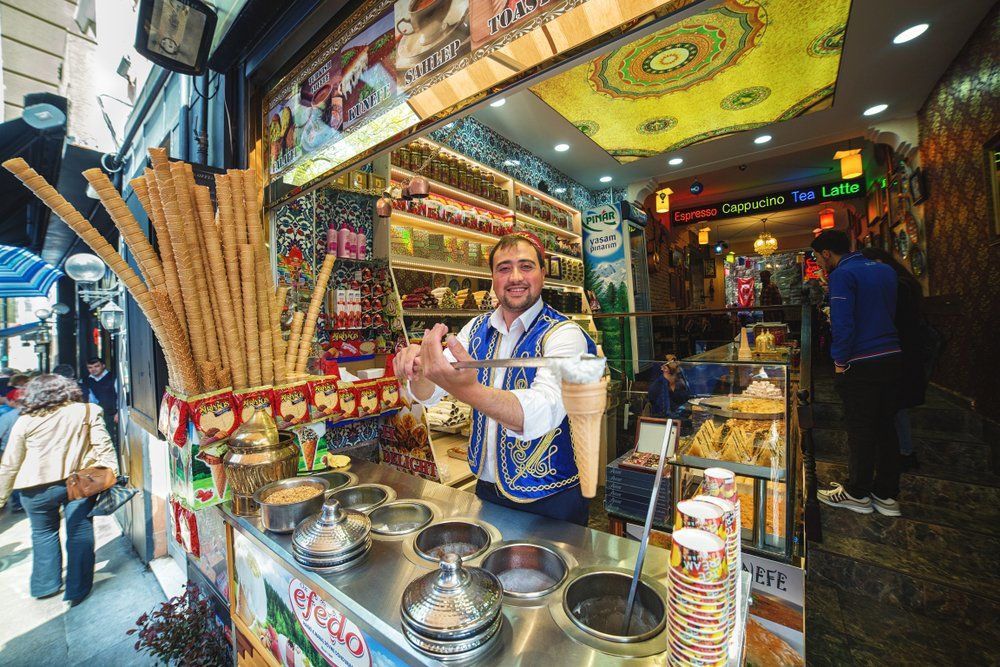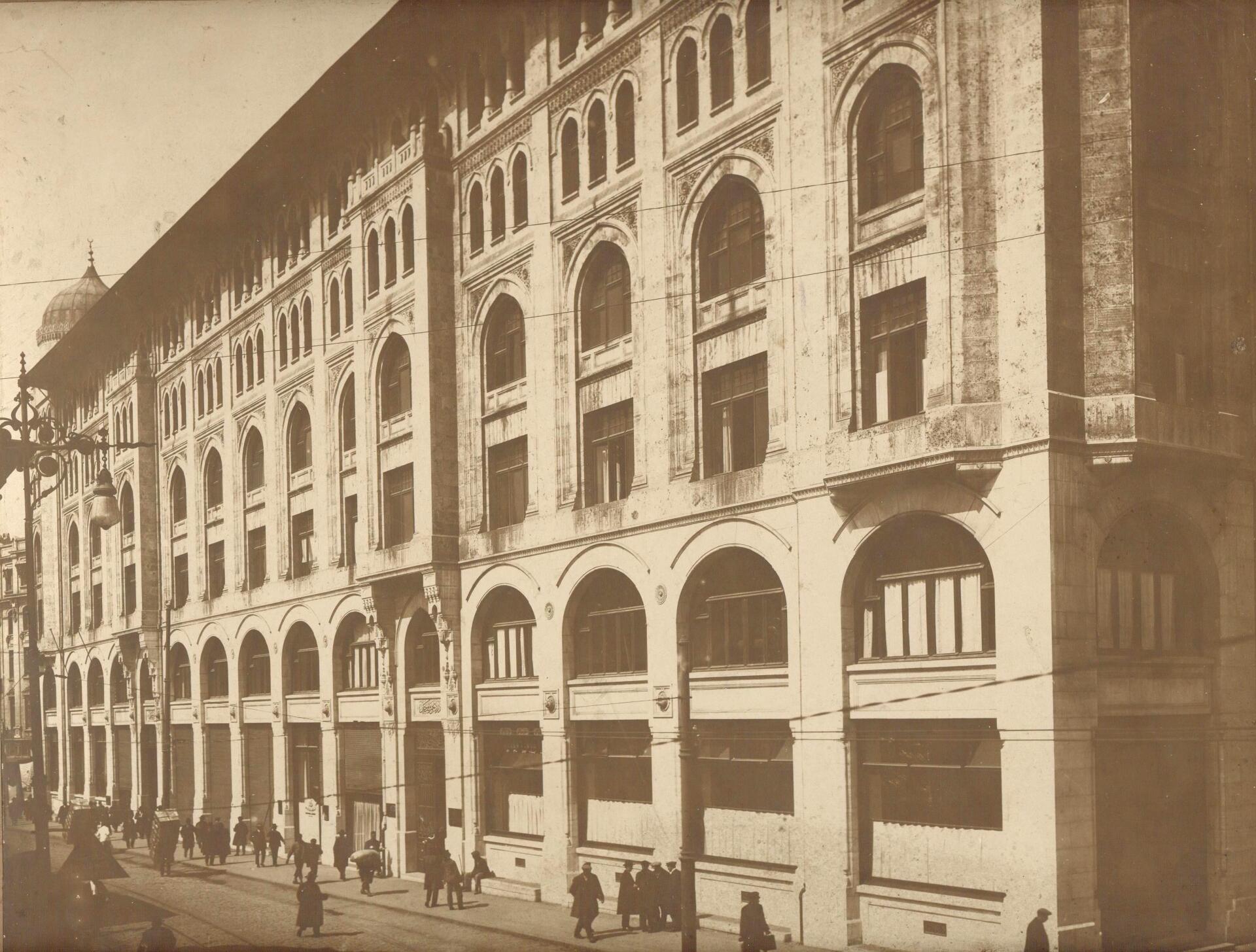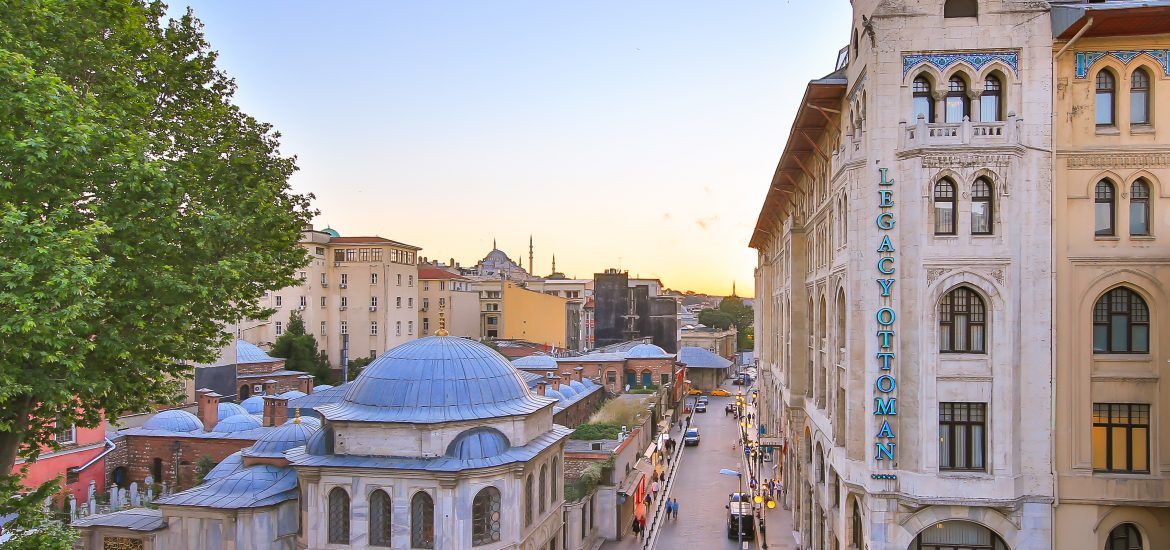6 Street Flavors Reached Up From The Ottoman Period to Present
Undoubtedly, our country offers its guests an environment where many types of food can be experienced. The biggest reason for this situation is that dozens of civilizations have lived in this land for thousands of years. When civilizations pass through these lands, they put a lot into this cultural environment. One of these cultures is the delicate flavors. If the subject is Turkey, you can quickly come across these tastes in any street or any cafe. Street tastes had a distinct place in the Ottoman Empire. Benches established at dawn lasted until late in the night. The servants, the people, the merchants, and many travelers were feeding their bellies with the street tastes of these peddlers. And this street tastes reached up to the present! Here are 6 street flavors that we have been familiar with from the Ottoman period to the present day.
Fishermen

We often see fishers in our coastal cities. This situation was the same in the Ottoman period due to the simple supply of fish. During the Ottoman period, fish were cooked with various oils. There were delicacies such as scallops, oyster and mussel rice, mullet soup. Fishers also used to sell raw fish by strolling street by street.
Seller of Liver
Nowadays, it is possible to see many places and makers concentrating only on the liver. In Ottoman times, the liver was fixed to a long pole. It was lightly cooked and fried. Then served with parsley and onion.
Simitci

Finding good Simit (bagels) on many points of Turkey is possible. In the Ottoman period, the Simits and Simit Sellers had an essential place among the people. History sources think that the name of the Simit comes from the city named Smiti, ie Izmit. That is because people traveling from Istanbul to the east or coming to Istanbul were known to stay in Izmit for loosening. The caravans were able to get a Simit that could be prepared quickly. In the Ottoman times, the Simit Sellers were either in a stationary place or on the street with a wheelbarrow.
Pilaf Seller
One of the most well-known street tastes of Istanbul, pilaf is a tradition coming from Ottoman times. The pilaf was cooked with the sheep’s head’s water then put ona tray decorated with sheep’s heads. At this time, rice was also served with chickpeas. The Pilaf sellers also sold couscous to the porters in the morning in addition to the pilaf.
Dessert Seller
The place of dessert culture in the Ottoman Empire is excellent. We can understand this when we look at the Ottoman palace kitchen. In the palace kitchen, it is possible to see two separate branches, helvacıbaşı(halva maker), and tatlıcıbaşı(sweet maker). The situation was the same when we looked at the society. Cookies, sweets, candies, halves, custards were very popular. Mobile vendors offered their desserts in porcelain dishes. The vendor, who left his pot where he sold, would pick up his cup the next day.
Ice Cream Makers

When we look at the last period of Ottoman cuisine, we can see ice cream among favorite palace delicacies. Its popularity in the palace was reflected in society. In the Ottoman time, mobile ice cream shops were walking street by street and selling delicious ice creams.















